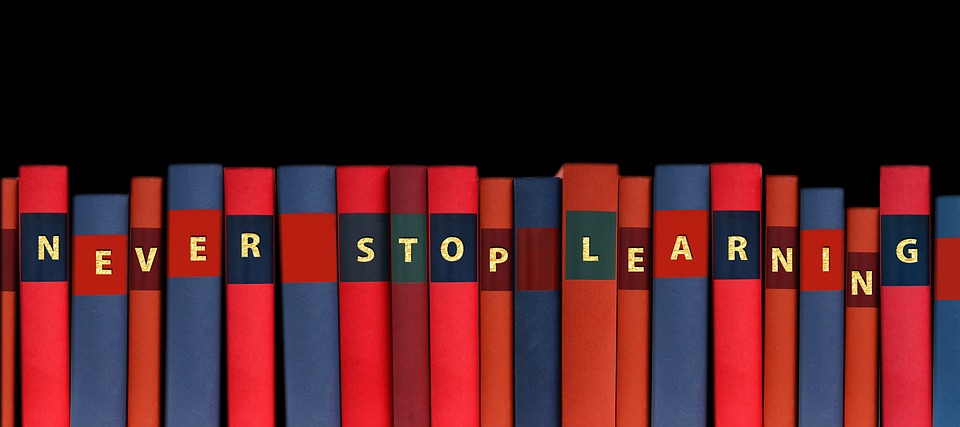Enhancing Student Well-being: A Guide to Implementing Mindfulness in Education
Introduction
In recent years, there has been a growing focus on student well-being in education. Schools are beginning to realize the importance of nurturing the emotional and mental health of their students to ensure optimal learning and development. One approach that has gained significant attention is mindfulness. This guide aims to provide educators with a comprehensive understanding of mindfulness and how it can be effectively implemented in educational settings to enhance student well-being.
What is Mindfulness?
Mindfulness is defined as the practice of paying intentional attention to the present moment without judgment. It involves developing an awareness of one’s thoughts, emotions, and bodily sensations, and accepting them without attempting to change or suppress them. Mindfulness is rooted in ancient meditation practices but has been adapted for modern contexts, including education.
The Benefits of Mindfulness for Students
Research has shown numerous benefits associated with mindfulness for students. These include:
1. Improved Mental Health: Mindfulness has been found to reduce anxiety, depression, and stress levels in students. It equips them with effective coping mechanisms and resilience to navigate the challenges they may face.
2. Enhanced Academic Performance: By cultivating a focused and attentive mind, mindfulness helps students improve their concentration and memory. It enables them to engage more fully in their studies and achieve better academic results.
3. Better Emotional Regulation: Mindfulness increases students’ emotional intelligence, allowing them to recognize and regulate their emotions effectively. This leads to healthier relationships, improved communication skills, and reduced behavioral issues.
Implementing Mindfulness in Education
Now that we understand the benefits of mindfulness for students, let’s explore how it can be implemented in educational settings:
1. Teacher Training: Educators should receive comprehensive training in mindfulness practices to understand its principles and techniques. This knowledge will enable them to effectively guide students through mindfulness exercises.
2. Integration into the Curriculum: Mindfulness can be integrated into various subjects and activities, such as PE, drama, or even math. Teachers can incorporate short mindfulness exercises into daily routines to promote a mindful classroom environment.
3. Mindfulness as a Support Tool: Students should be provided with resources and tools to practice mindfulness outside the classroom. These may include mobile apps, guided meditation recordings, or access to a dedicated mindfulness space within the school.
Frequently Asked Questions (FAQs)
Q: Can mindfulness be practiced by students of all ages?
A: Yes, mindfulness can be taught and practiced by students of all ages, from kindergarten to university level. However, the techniques and exercises may differ depending on the developmental stage of the students.
Q: Are there any potential risks associated with practicing mindfulness?
A: When practiced correctly and under guidance, mindfulness is generally safe. However, in some rare cases, it may bring up difficult emotions or memories. It is crucial for educators to create a supportive environment and be attentive to students’ needs.
Q: How much time should be dedicated to mindfulness practice in schools?
A: The duration of mindfulness practice can vary depending on the students’ age and schedule. It is advisable to start with shorter sessions, gradually increasing the time as students become comfortable with the practice.
Conclusion
Implementing mindfulness in education is a powerful tool for enhancing student well-being. By teaching students to be more present, self-aware, and kind to themselves and others, we lay the foundation for a positive and thriving learning environment. Mindfulness equips students with essential skills that extend beyond the classroom, supporting their holistic development and paving the way for a healthier and happier future.





